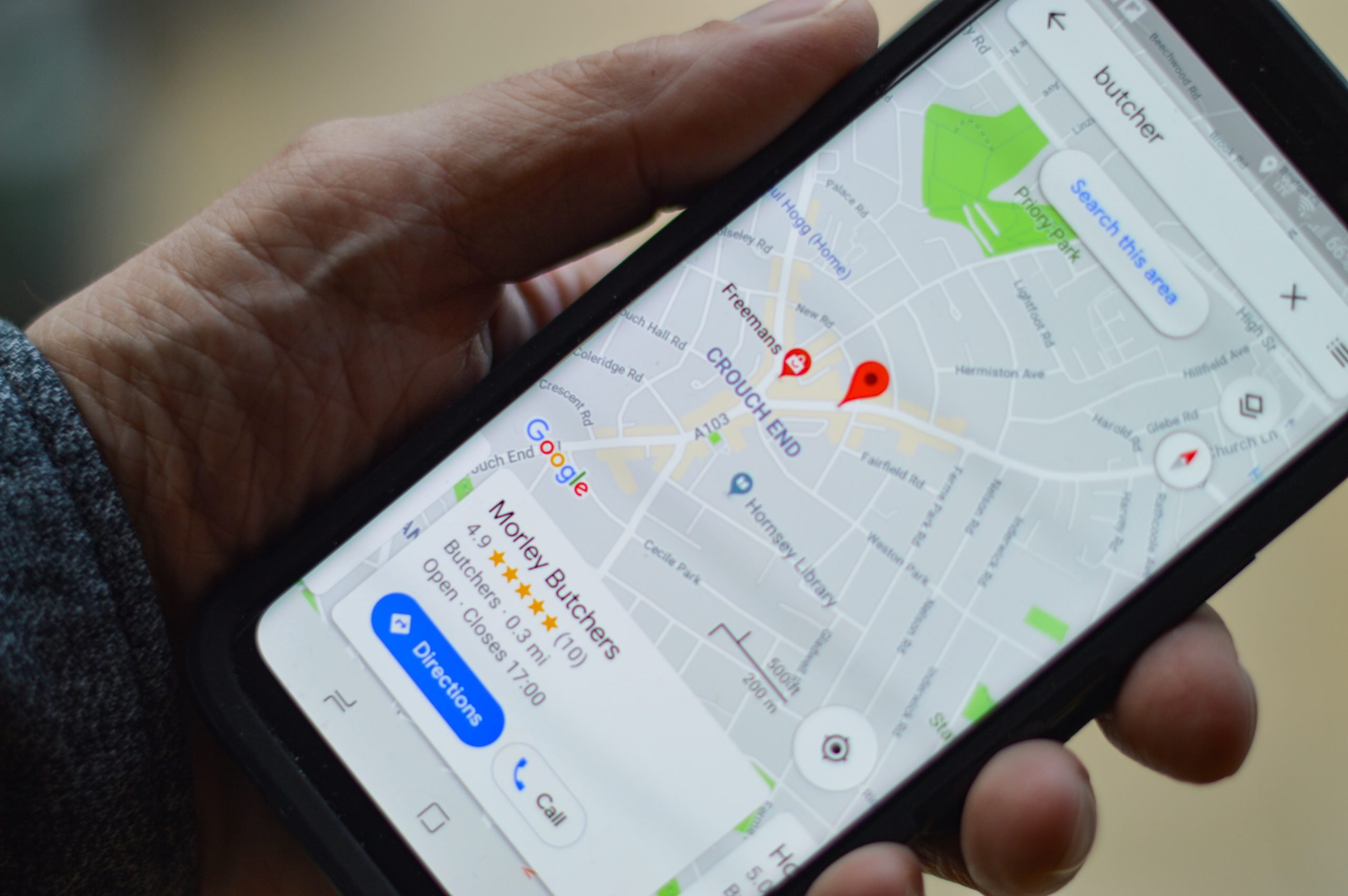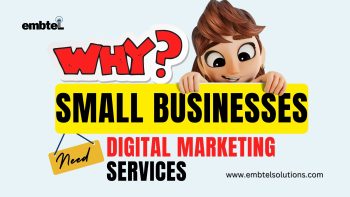To understand how to increase your localized search visibility and drive highly targeted traffic to your website? Our comprehensive Local SEO Cheat Sheet will talk you through the essential components that are required to lay the foundations of a successful local search strategy.
Local SEO is a technique which makes it comfortable for audience in your area to find your business online when searching organically.
You need to add local SEO into your search marketing strategy, as most of the customers are using mobile devices to search for specific services and businesses.
8 Points of Local SEO Cheat Sheet covers.
- Optimize for Google My Business
- Website Updates
- Improve Internal Linking Structure
- Optimize URL, Title Tags, Headers, Meta Description, and Content
- Add Location Pages to your Website
- Create Local Content
- Ensure your website is mobile-friendly
- Engage with Directories and the Wild Wild Web
- Name, Address, Phone Consistency
- Optimize Online Directories and Citations
- Consistency is key
- Get Inbound Links with Relevance and Authority
- Engage with Social Media and Add Posts to Google My Business
To get results in local search, you must adhere to tested and tried SEO practice as per any standard campaign. There are few methods you can take to ensure your site is optimized for local organic search queries, including: Update a local business profile on Google+; using specific semantic markup and other on-page techniques; optimizing for mobile device and Enhance local citations and reviews.
Do you want to rank you or your client’s local business in Google, Bing, Apple Maps, and other local search engines? You’re in the right place.
Do You Want Best SEO (Search Engigne Optimization) Service?
For those of you that are unaware, claiming and optimizing your Google My Business listing is the cornerstone of local SEO. If 56% of businesses haven’t even claimed their GMB listing, well, I doubt they’ve done much else…
But while claiming your Google My Business listing is a good starting point, there’s much more to local SEO than that.
Call 5105856585 to speak with a strategist about SEO management services from Embtel Solutions, or keep reading to learn more to get results in local search.
Best Practice Local SEO Tactics
To thrive in local search, you need to do three things: optimize your Google My Business account, improve your on-page SEO by updating your website, and excel on the Wild Wild Web. While it might sound overwhelming, it’s entirely feasible to succeed in all three with some patience and perseverance.
Let’s explore each one in-depth with Embtel.
Optimize Your Google My Business
Optimizing your Google My Business Profile – since Google understandably feels most comfortable sharing content it can support and verify, Google My Business is their tool to help your business meet Google’s needs.
If Google can verify your business as authentic, it will potentially reward your business with a coveted sidebar space in Google local search.
To ensure you’re optimized for Google My Business, you’ll want to create and verify a Google My Business page, use Google Posts within your account, encourage your customers to share reviews online, and respond authentically to reviews, specifying location.
For example, “We appreciate your feedback on [product/service] in [city, state].
We value your input and look forward to working with you again. Thank you from the [full company name] team.”
Website Updates
Now that we’ve discussed optimizing your business for Google My Business, let’s take a look at five simple website updates to improve your local SEO.
1. Improve Internal Linking Structure
Although external links pointing to your site are ideal, adjusting your internal linking structure will also boost your SEO rankings.
Why does internal linking matter? It does the following:
- Supports website navigation
- Assists with information architecture and website hierarchy
- Distributes page authority and ranking power among pages
If you want to improve your internal linking structure but aren’t sure where to start, check out Kiss metric’s The Seven Commandments of Internal Linking for Top-Notch SEO.
2. Optimize URL, Title Tags, Headers, Meta Description, and Content
When it comes to content, every new blog post is a new indexed page for your site, a new page on which to target a geographic search phrase, and a new opportunity to get found in the search engine results pages (SERPs).
Every time you write a piece of content, you need to optimize the content for search engines by using high-volume keywords in the URL, title, header, meta description, and body.
If you’re having trouble coming up with geo-targeted content, consider highlighting customer success stories and case studies.

3. Add Location Pages to your Website
If you have more than one brick and mortar location, create location pages.
Location pages provide readers with your NAP, store hours, unique store descriptions, parking/transit information, promotions, testimonials from happy customers, and more.
It’s also important you avoid duplicating content across multiple location pages.
For single location businesses, create a locally descriptive About Us page. You’ll get big time bonus points if you add a Google Map to your website on your respective location page(s).
4. Create Local Content
Google continues to get smarter, which means content creators are now able to truly write for users, not search engines. But while writing about general topics will attract a wide crowd, sometimes it’s more important to hone your focus and write about local or industry news to attract a local audience.
Be the local authority for your industry by promoting local industry gatherings, news, employees, and other educational content on your blog. Think of top-of-the-funnel content that goes beyond what your business sells.
For example, if you’re a local security company and you’re trying to attract businesses that are new to the area, create a helpful resource to get these businesses well-acquainted with your city.
A map of local service providers or a calendar of city-wide events could both provide value for your persona and contain highly relevant on-page local signals.
5. Ensure your website is mobile-friendly
Local search and mobile search go hand in hand (nine out of ten smartphone users conduct local searches on their devices!). Some of the most common ways people will use your site in a mobile environment is to look up reviews, find directions to your location, and search for contact information.
Make it easy for your prospects and customers by making your site mobile-friendly.
Engage with Directories and the Wild Wild Web
You’ve learned how to optimize your business for Google My Business and how to update your website for an internal SEO boost — now, let’s take a look at how you can use NAP consistency, directories, and inbound links to take your business one step closer to that number one spot on local search.
Name, Address, Phone Consistency
You’ve got to make it easy for people and search engines to find you and your clients. To do this, set up your NAP, which stands for name, address, and phone number (with area code).
This should be included as crawlable HTML text on your site. Avoid the common mistake of only including the NAP within an image — images can’t be crawled from search engines like HTML text. The most common location for the NAP is in the footer or header of the site.
Optimize Online Directories and Citations
For United States companies, these four map data aggregators provide a large amount of the map data for Apple, Yelp, Bing, Google+ local, Trip Advisor, and more.
- Express Update
- Neustar Localeze
- My Business Listing Manager
- Factual
Consistency is key
verify that your citations are consistent and complete across these four data aggregators. Discrepancies like misspellings, abbreviations, lack of suite number or wrong phone number can be problematic.
If Google can’t determine which information about your business is correct, it may not show your business at all in search results. Additionally, be sure to remove any duplicate listings you find. Bonus points for emphasizing a Chambers of Commerce membership in your community, which will garner you an external inbound link.
Get Inbound Links with Relevance and Authority
Inbound links are incredibly powerful opportunities to boost your local SEO – every inbound link tells Google you’re a legitimate company, and inbound links can also raise your domain authority.
Here are a few ways to get inbound links:
- Sponsorships or Partnerships
- Guest Blog Posting
- Scholarships
Start with your own personal network, which may include the Chamber of Commerce, business improvement districts, licensing bureaus, trade associations, resellers, vendors, and/or manufacturers and other affiliates.
Consider sponsoring a webinar or meet-up, hosting a community event, promoting something local you love, and building relationships with prominent people and influencers.
Additionally, learn to feel comfortable reaching out to partners to see if they can feature you on their partner directory.
Engage with Social Media and Add Posts to Google My Business
Google considers content shared on social media more important now than ever before. Now that you’ve carved out a beautiful Google My Business page, share the page on social media, further aligning social and search.
it’s clear that local searches make up a huge chunk of the SEO world. And if you can get your local business in front of these searches, there’s a good chance they’ll be walking through your door a few minutes later.
From this blog we learn that Local SEO CheetSheet increase more visibility to small business, helping businesses succeed by enabling them to create and monitor corporate identity online. It help to optimize Google My Business engage with social media, and post to Google My Business.
It also Improve Internal Linking Structure, Optimize URL, Title Tags, Headers, Meta Description, and Content, Add Location Pages to your Website, Create Local Content, Ensure your website is mobile-friendly, and many more.
EMBTEL is a leading Digital Marketing agency with an expert design team that creates innovative, effective websites that capture your brand, improve your conversion rates, and maximize your revenue to help grow your business and achieve your goals.
If you are interested in using Local SEO Services to achieve your business’s goals, don’t hesitate to contact us! Our dedicated team of Internet marketers is more than happy to assist you with SEO management Services, as well as all other aspects of your digital marketing efforts.
FAQ related to Local SEO
- What is local SEO?
Local search engine optimization is a branch of SEO that focuses on optimizing a website to be found in local search results.
Content, on-page optimizations, and link building all with a focused, localized intent are part of these efforts.
- Why is local SEO important?
Optimizing for local search is important, especially for Local Businesses serving specific towns, cities, regions, and even states.
After that local SEO allows people to find information about your business quickly and easily, putting them one step closer to a transaction.
- How does local SEO work?
At a high-level Local SEO works like “normal” Google search. When someone does a search, Google scans through its index to provide the best results for that person’s query. What makes Local SEO unique is that Google uses a different set of ranking factors to rank the local search results.
- How long does local SEO take?
These are some of the brightest and most insightful people in the local SEO landscape so this will give you a general idea, it can take anywhere from 2 weeks to over 1 year …
- How long does it take to learn SEO?
It takes 1-3 months to learn the basics of SEO. The basics of search engine optimization can be understood and learnt within 3 months, however, the more advanced concepts can take anywhere from 6-18 months.






